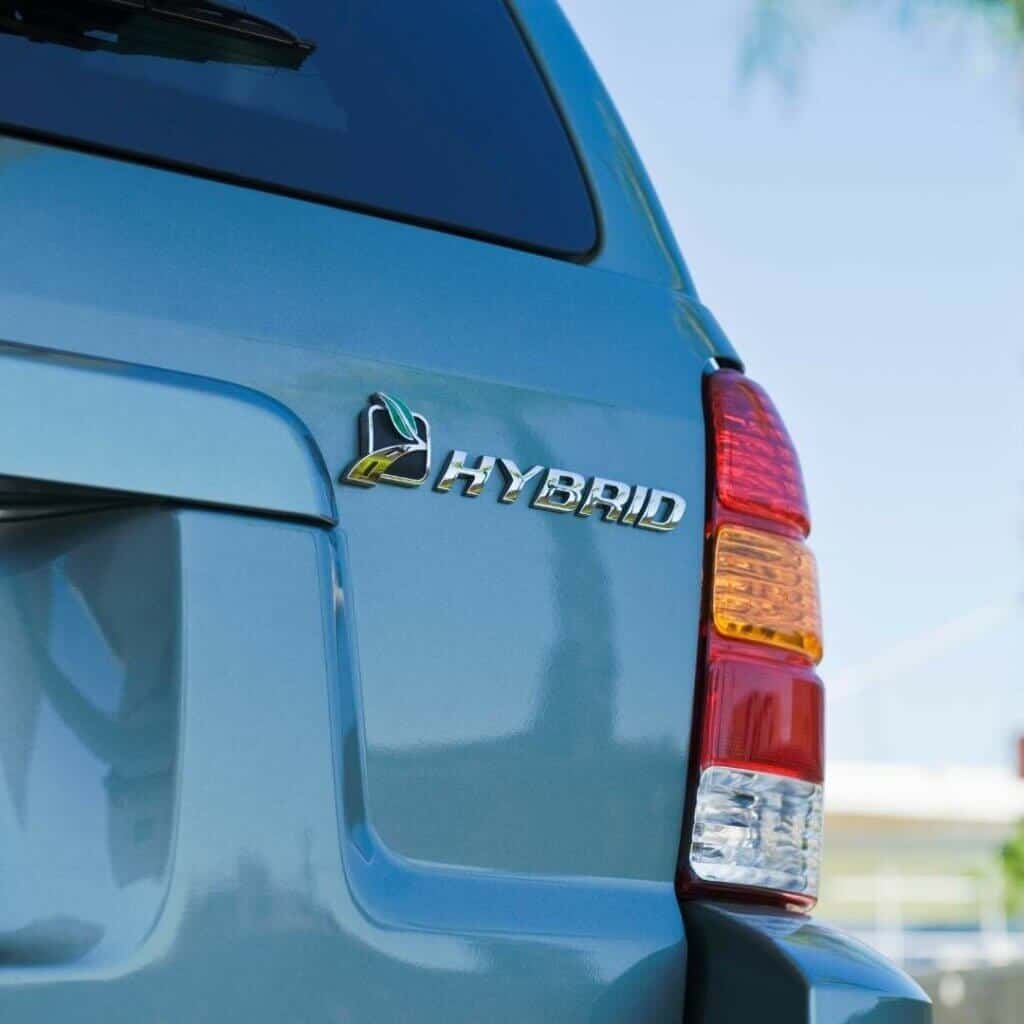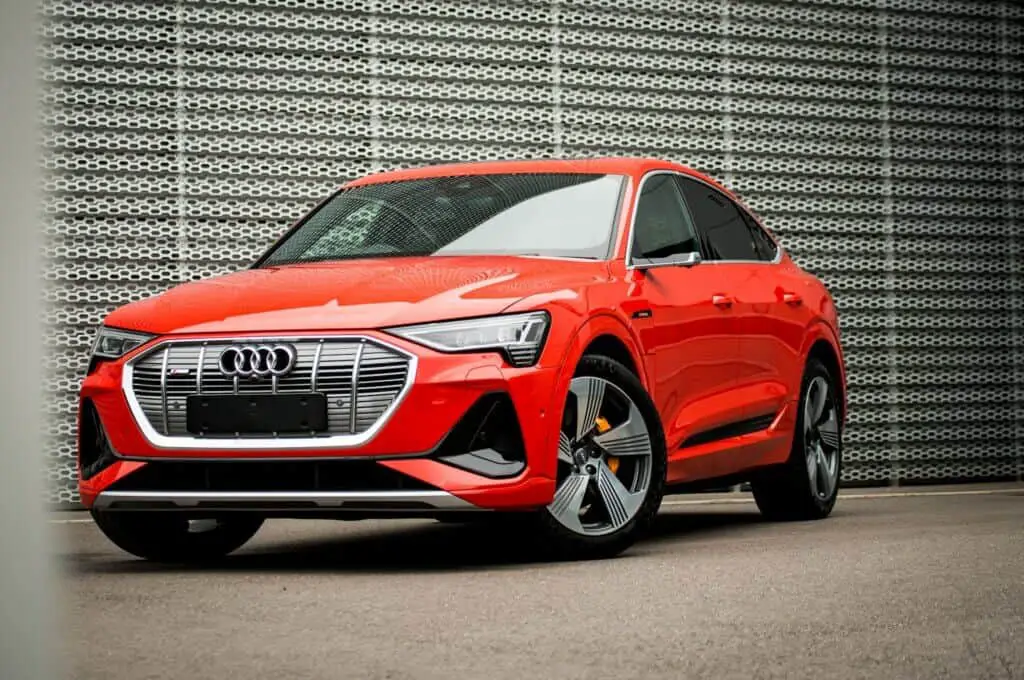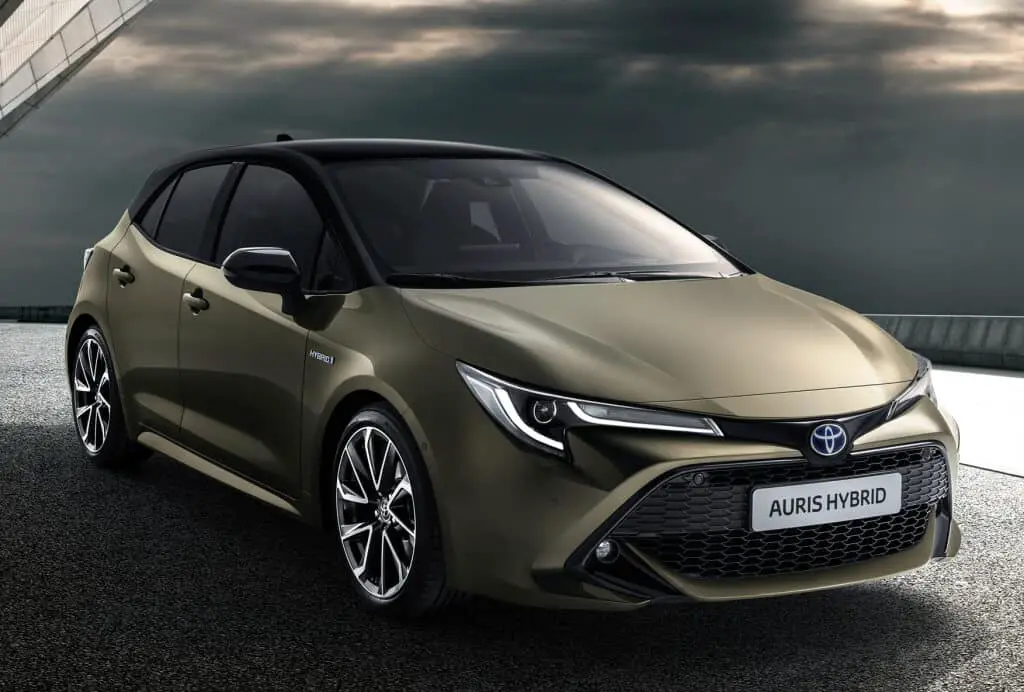Are you familiar with pros and cons of hybrid cars?
The hybrid car system uses a gasoline engine and at least one electric motor to propel the vehicle. It also uses regenerative braking to recover energy. Occasionally, the gas engine, electric motor, or a combination of both handles the entire job. As a result, less gasoline is consumed, which improves fuel economy [1].
You cannot plug in a hybrid electric car to recharge its battery. Instead, the vehicle uses a combination of regenerative braking and the internal combustion engine to deliver charge to the battery. The electric motor’s additional power may allow for a smaller engine. The battery can also lower auxiliary power loads and engine idling while stationary. These features work together to improve fuel efficiency without compromising performance.
Hybrid vehicles can be categorized into parallel, series, or plug-in. In parallel hybrid design, the gasoline engine and electric motor(s) are coupled on a single transmission. This arrangement combines the two power sources. Transmission could be continuously variable transmission (CVT), automatic, or manual. [2]
Read Also: CVT Transmission Problems
In a series hybrid system, there is never a direct physical connection between the engine and the hybrid system. All thrust is produced by the electric motor (s) [3].
The purpose of the gasoline engine is only to recharge the battery. Because of this, the driving experience is more akin to that of an electric vehicle, with smoother, more potent acceleration.
A plug-in hybrid vehicle, on the other hand, improves the standard hybrid concept by adding a larger battery pack. Like in a fully electric vehicle, the battery in a parallel hybrid must be fully recharged using an external power source.
It can be recharged at home, office, or public charging station. This larger energy storage capacity enables longer all-electric driving distances (between 15 and 55 miles), which can drastically lower fuel usage [4].
Pros and Cons of Hybrid Cars
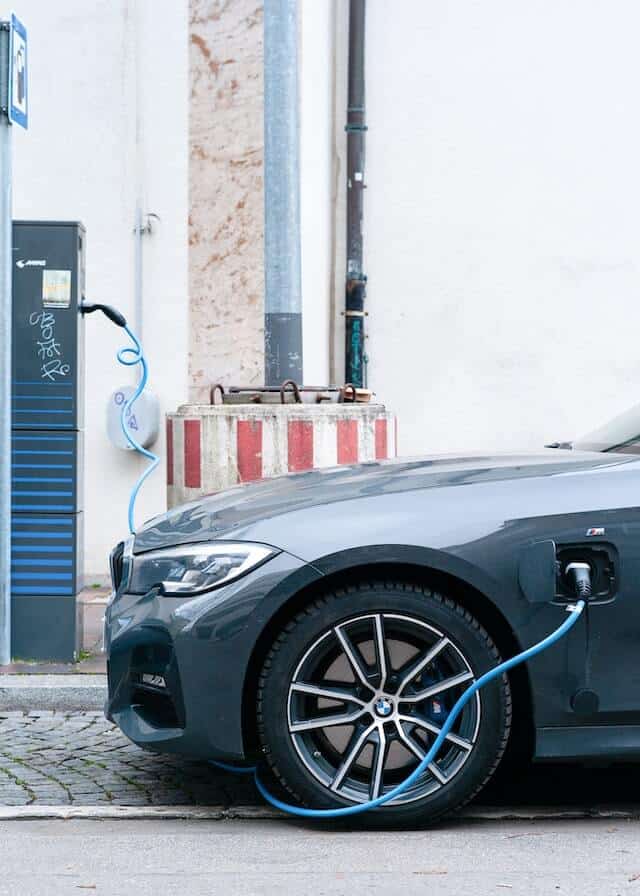
Many people have openly embraced hybrid cars because of their ability to save on fuel. However, several other advantages of hybrid cars are worth understanding.
Additionally, hybrid cars come with some drawbacks. Understanding these pros and cons will help influence your decision to purchase a hybrid vehicle.
Pros of Hybrid cars
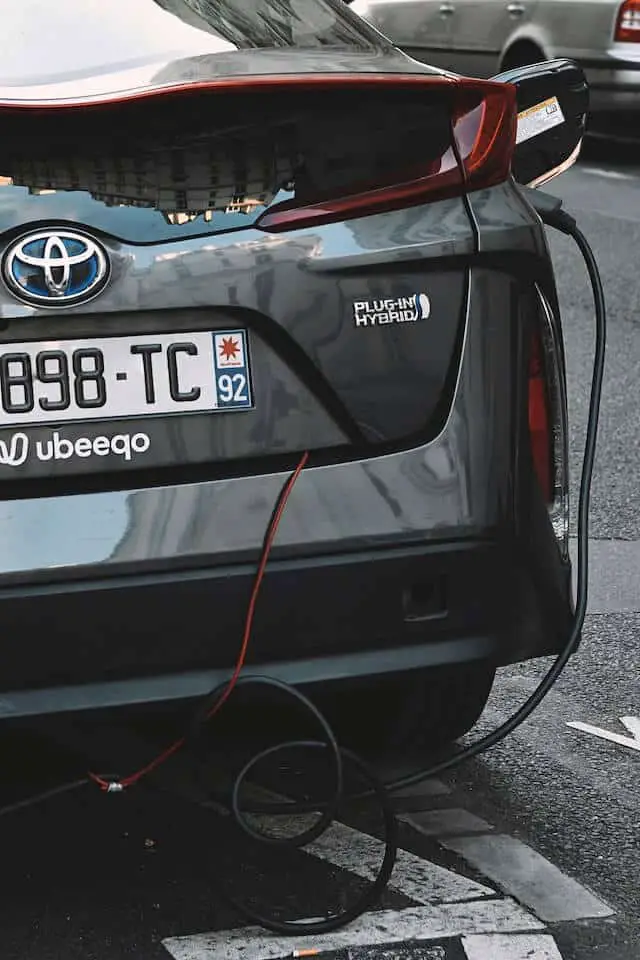
- Environmental friendly
Using gasoline-powered vehicles has several detrimental effects on the environment. These include the direct emission of carbon dioxide and other greenhouse gases through their tailpipes. The accumulation of these gases over time explains the current rise in global warming [5].
You can choose between gasoline and electricity as fuel sources for hybrid vehicles. Even if you use gasoline to power your hybrid car, you’ll still generate greenhouse gases from your exhaust. However, there will be less emission compared to their gasoline-only counterparts, since hybrids are more fuel-efficient. This implies that you’ll need less gas to cover the same distance and produce less pollution.
- Less maintenance
Hybrid cars’ engines have less frequent wear and tear since they have two power sources: an electric motor and a gas engine. Compared to fuel only vehicles, hybrids often need in less oil or coolant [6]. Additionally, it results in lower ongoing maintenance expenses.
It is important to note that maintenance costs may vary depending on your hybrid’s particular make and model. Therefore, it is advisable to conduct extensive research on the specific make and model of your car.
- Hybrid cars are quiet
Both an electric motor and a gasoline engine are used in hybrid automobiles. In contrast to diesel and gasoline engines, electric motors are remarkably quiet. Hybrid cars are, therefore, substantially quieter than conventional gasoline-powered vehicles. In fact, because of safety concerns, the U.S. had to adopt legislation requiring both hybrid and electric cars to produce audible sounds when moving at specific speeds [7].
- Saves money
Hybrid vehicles have fuel-efficient engines and the ability to switch to electricity as fuel. Consequently, you can avoid making numerous visits to the gas station and paying exorbitant prices to fill up your tank.
Similarly, the U.S. federal government presently provides a beneficial tax credit if you buy a plug-in hybrid car. You can save as much as $7,500 with this incentive, depending on your tax situation and the type of vehicle you select [8].
However, note that this incentive is not valid for standard hybrids. Therefore, you should check if there are any state or local incentives available before you buy a hybrid automobile. The check will assist in reducing your costs even more.
- Does away with “range anxiety.”
A prevalent worry among owners of battery-only electric vehicles is range anxiety. This refers to the fear that you won’t have enough power to get from point A to point B. In addition, the scarcity of electric car charging stations in some places frequently increases anxiety.
Drivers of hybrid vehicles do not frequently experience range anxiety. In a hybrid car, the high-voltage battery will switch to using the gasoline in the tank when it is low on charge [9]. Since more gas stations are available, this automatic transition might be much more reassuring.
Read Also: Tesla Model 3 Problems
Cons of Hybrid Cars
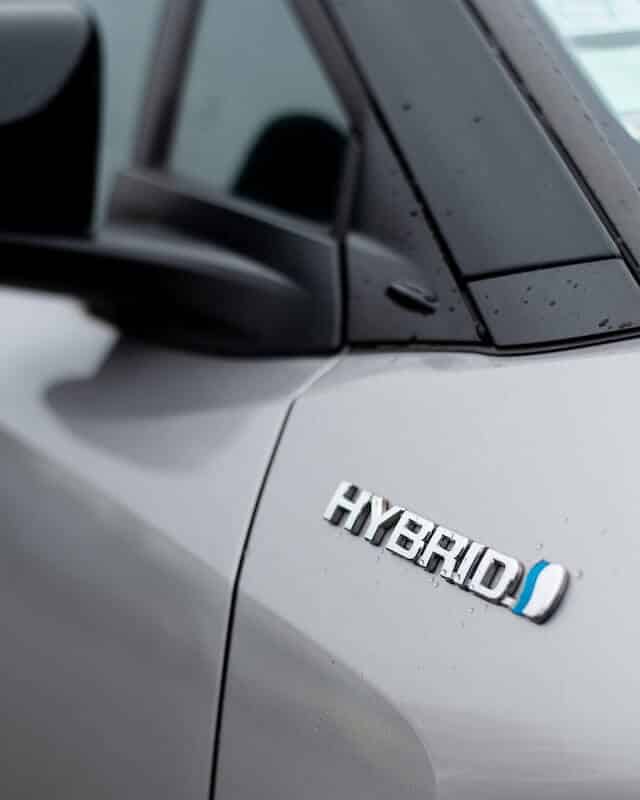
- High costs of repair
Although hybrid cars may need less frequent maintenance, they can be expensive to repair when some problems occur. This is particularly true where the high voltage system is involved [10].
For example, replacing a dead or damaged high-voltage battery could be very expensive. The specific vehicle make and model will determine the cost of replacing the battery pack.
Hybrid vehicles are loaded with complicated parts in addition to the standard technology in ICE vehicles. The components include massive high-voltage battery packs, inverters, electric motors, and enhanced cooling systems. Hybrid repairs can be more expensive because of these intricate mechanisms. Moreover not all mechanics have the tools and expertise to fix them correctly.
You will have more areas for the mechanic to diagnose if there is an issue with the functionality of your car. For example, the engine or motor may have problems, increasing the maintenance cost for these components.
- They are expensive
You might have to pay more upfront when converting to a hybrid car. Despite a decreasing sales price range, these vehicles are frequently more expensive than ICE-only equivalents. Hybrid automobiles cost significantly more than ICE vehicles because of their higher level of sophistication [11].
You can use tax breaks, government incentives, cheaper operational costs, and fuel savings to offset this upfront investment.
- Reduced performance
The primary goal of hybrid vehicles is to increase fuel economy and reduce carbon emissions. The designers and engineers can then shape each component of the hybrid car to achieve these objectives.
In essence, hybrid cars have low-friction tires and an air conditioning system that is more effective. Furthermore their engines are tuned more conservatively, as well as a transmission specifically designed to maximize fuel efficiency.
These solutions have an impact on the overall performance of the vehicle due to the additional bulk. As a result, a hybrid car will move slower than similarly potent ICE rivals [12].
Similarly, although a hybrid car has a high-speed limit, utilizing this will result in you using more gasoline. Since the whole goal of a hybrid vehicle is to use more electrical and less gasoline power, doing this would be counterproductive. You are always advised to drive more slowly to use the electric motor’s energy better.
- Higher insurance rates
Professionals in vehicle insurance estimate that the monthly premium for hybrid car insurance is $41 more than the national average. According to the experts, the key factor influencing the cost of hybrid car insurance is the vehicles’ higher purchase price. The high cost of the complicated hybrid technology they contain is a contributing factor as well [13].
The nature of the typical hybrid car customer also contributes to the high insurance rates. Buyers of hybrid vehicles typically reside in urban regions with expensive insurance. Additionally, hybrid car repairs are more costly than repairs on damaged conventional vehicles. This also greatly impacts the price of car insurance.
- Still produce emissions
Although hybrid vehicles can operate with no emissions from the tailpipe, this is only possible when the car is in electric-only mode. Then, when your automobile’s electric energy rises, it will switch to gas, producing emissions.
While hybrid vehicles emit fewer well-to-wheel emissions than their gasoline counterparts, they still emit significantly more than walking or biking.
Read Next: Kia Niro Hybrid Problems
Conclusion
Warmer climates and metropolitan settings are ideal for hybrid vehicles. An obvious drawback is the level of complexity, more weight, and greater purchasing price. Nevertheless, these drawbacks can be made up for because hybrid cars use less gasoline when driving in cities and have extended warranty coverage.

